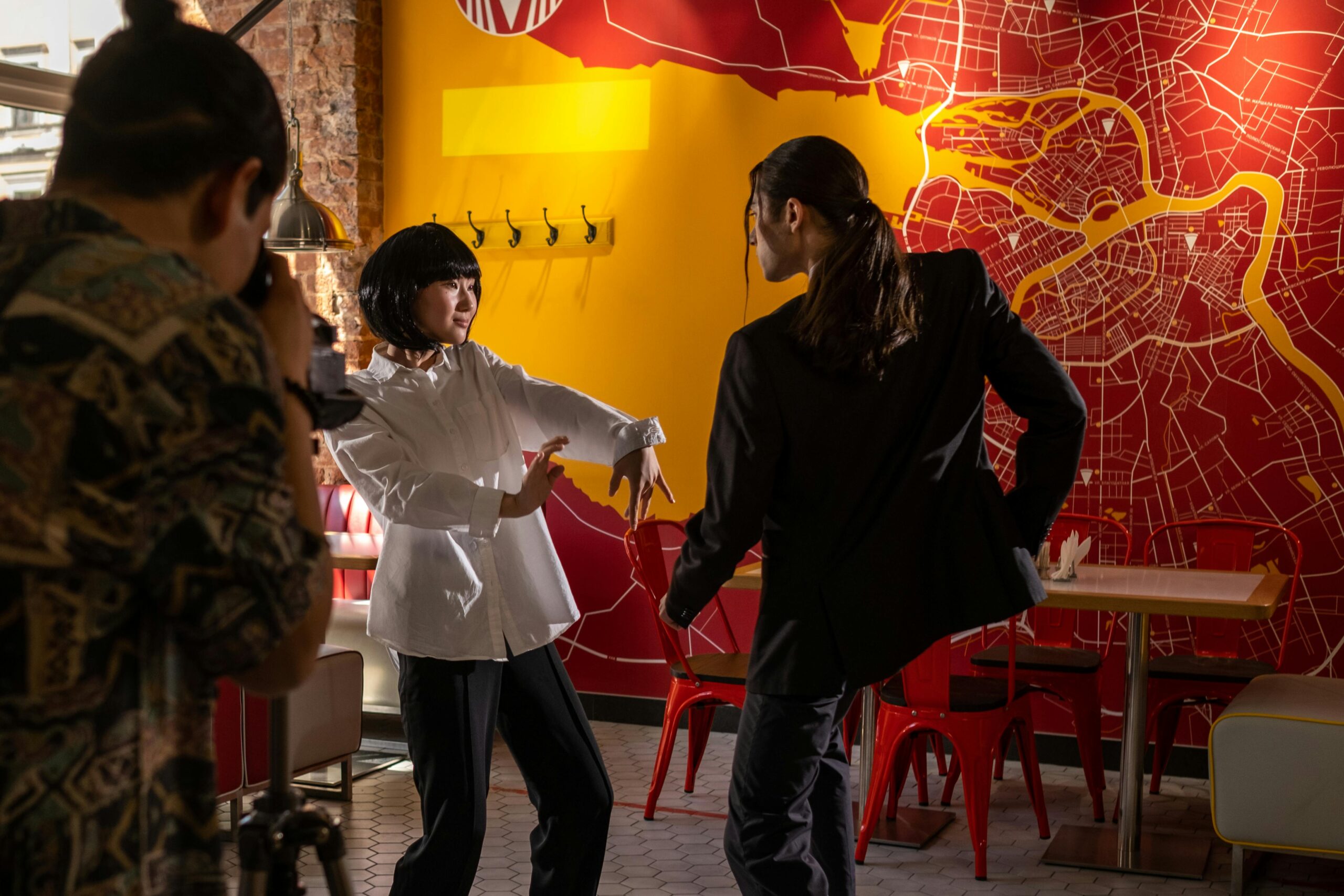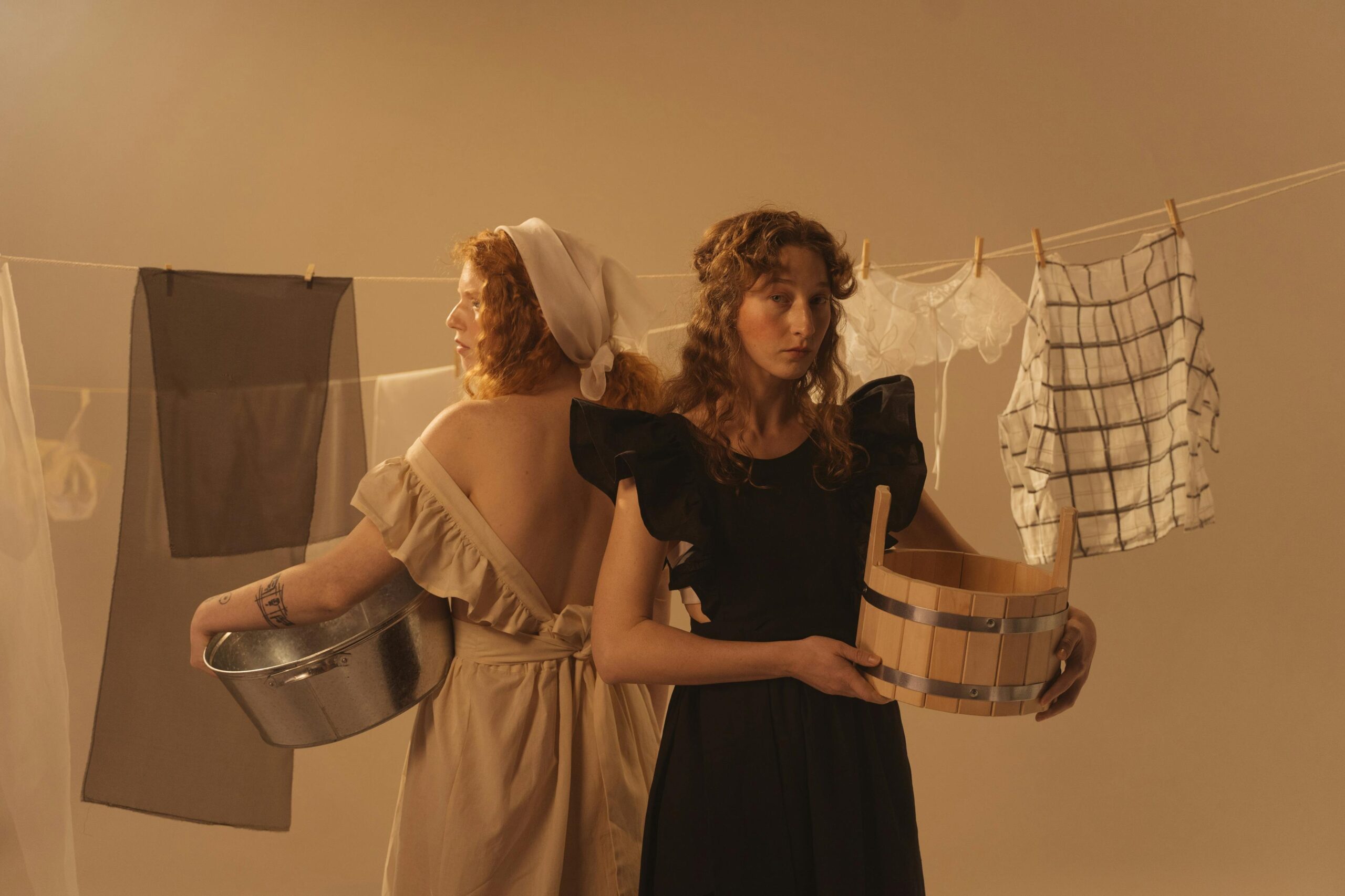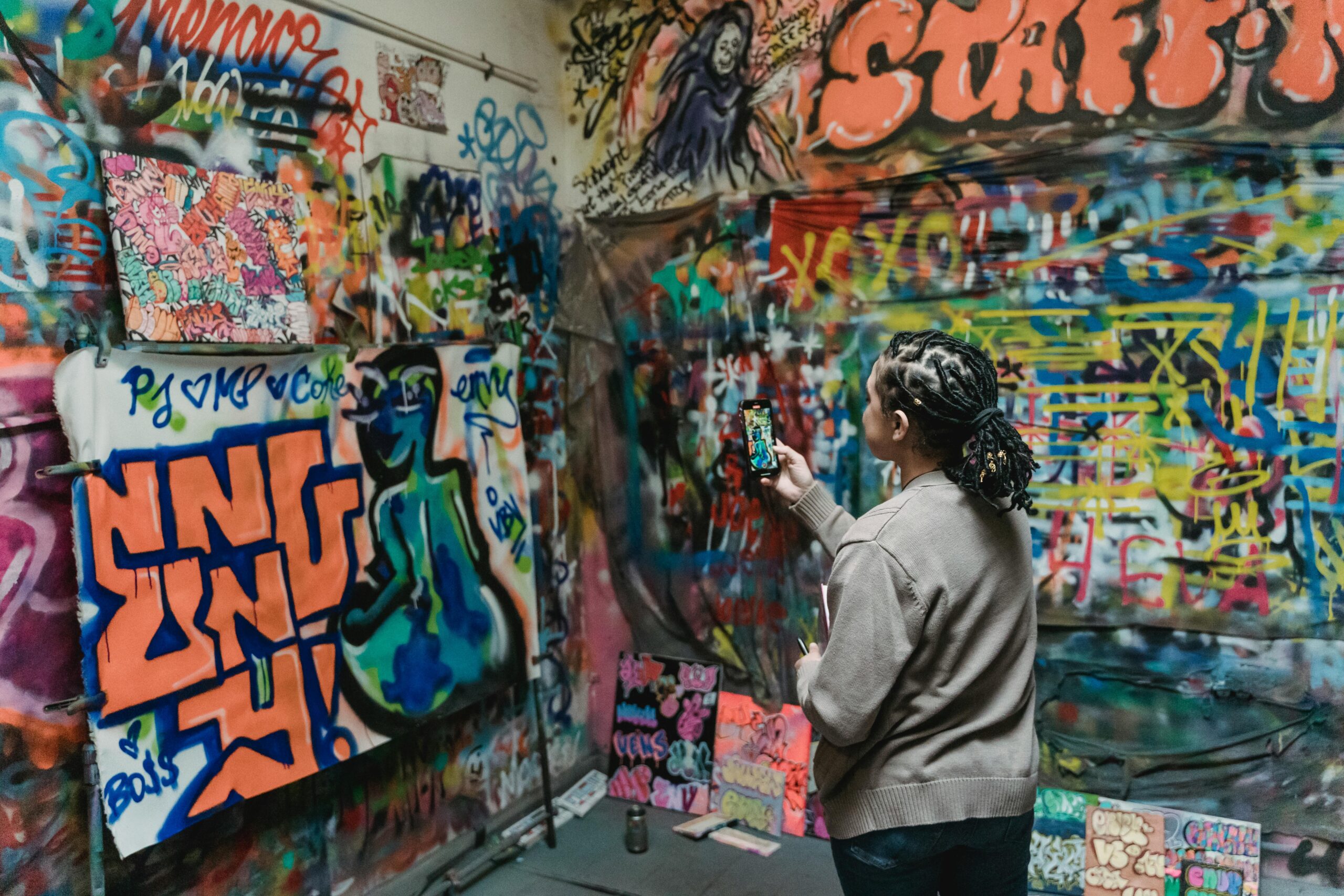Costume Drama Meets Modern Decorum: A Timeless Collision of Style and Society
In the ever-evolving international of storytelling, gown dramas have remained a beloved style, constantly enchanting audiences with their rich visuals, problematic length style, and intricately layered memories of affection, loss, and loyalty. These dramas, frequently set in eras just like the Victorian age, Regency length, or Edwardian times, captivate visitors with extra than simply corsets and cravats. At the coronary coronary heart of every gown drama lies a deeper statement at the customs, regulations, and unspoken social expectations of the time—what we regularly talk to as decorum.
But what takes area even as the age-vintage traditions of gown drama meet the necessities of modern decorum? This mixing of eras has now not fine transformed the genre but also reshaped how audiences recognize both statistics and current-day values. Let’s explore how this collision of patterns, ethics, and storytelling keeps to resonate powerfully nowadays.
A Look Back: The Heart of Costume Drama
Costume dramas have lengthy been a mirrored image of the beyond. Whether it’s Pride and Prejudice, Downton Abbey, or Bridgerton, the ones series often center around social reputation, gender roles, and etiquette. Viewers are inquisitive about the opulence of the beyond—the pricey robes, tailor-made suits, grand estates, and candlelit dinners. But extra importantly, they’re attracted to the deeply human struggles in the returned of the polish: forbidden love, magnificence struggle, and the pursuit of freedom internal tight societal frameworks. 
The costuming itself is a powerful storytelling device. A silk dress or a army uniform can communicate volumes about a person’s role in society. But even extra compelling is the way decorum is portrayed—characters are continuously navigating unstated suggestions, codes of conduct, and the consistent risk of social shame. In the 1800s, a woman showing her ankles changed into scandalous; these days, we barely blink at a sheer red carpet gown.
So how does this ancient shape of storytelling stay applicable?
Modern Decorum: A New Set of Social Rules
Today, decorum although exists, but it wears a wonderful outfit. While we might not depend upon strict formalities or handwritten calling playing cards, we although live via suggestions—a few written, many unwritten. Social media etiquette, cancel way of life, inclusive language, workplace behavior, and digital conversation all consist of their very very own codes of conduct.
Modern audiences are interested by the contrast among ancient etiquette and nowadays’s moral requirements. We query the absurdity of the vintage guidelines, but we moreover reflect on our present day ones. The popularity of modernized get dressed dramas shows that we nonetheless care approximately how people should behave—we simply define it in every other manner now.
Take Netflix’s Bridgerton, as an instance. Though set in Regency-era London, the collection infuses modern-day ideals together with racial inclusivity, feminist business corporation, and intercourse positivity. The show doesn’t erase the past; as an alternative, it reframes it thru a current-day lens. This smart fusion appeals to greater youthful generations who crave both escapism and relevance.
The Fashion Crossroads: Period Wear Meets Contemporary Style
One of the most seen regions in which old meets new is fashion. Costume dramas have inspired runways and purple carpets, with designers borrowing silhouettes, fabric, and detailing from the past and infusing them with contemporary aptitude. Think puff sleeves paired with thin jeans, corsets worn over t-shirts, or empire waistlines updated for ultra-modern-day wardrobes.
Fashion influencers on TikTok and Instagram frequently recreate “Regencycore” appears, turning what changed into as quickly as duration-particular into normal proposal. It’s now not simply nostalgic; it’s far empowering. Wearing a corset in recent times is less about restriction and extra approximately reclaiming one’s discern or creating a powerful announcement.
Similarly, menswear inclinations have drawn from historic tailoring—double-breasted jackets, high collars, or maybe frock coats are being reinvented for cutting-edge guys. The effect is cute: a fabric dresser that consists of the gravitas of history, but with the benefit and fluidity of current layout.
Language and Dialogue: Formal Speech Gets an Update
Another hallmark of dress dramas is their wonderful speak—wealthy, poetic, and frequently brimming with subtext. These characters rarely say what they mean outright. Politeness masks passion, and sarcasm frequently dances below civility.
Today, writers are mixing this style with cutting-edge slang, humor, and directness. The end result? Scripts that experience each timeless and handy. Modern visitors experience listening to elegant sentences peppered with familiar sentiments. This fusion creates a fascinating assessment—where characters may moreover use nineteenth-century grammar to express twenty first-century frustrations.
Think of a duke in a top hat dropping a line like, “You vex me, and however, I yearn for you,” located with the resource of a understanding smirk. It’s dramatic, certain—however it’s additionally enormously a laugh.
Morality and Social Commentary: Then and Now
Costume dramas have generally presented extra than quite gadgets and costumes. They keep a reflect to the values of their instances. In older stories, troubles like inheritance prison tips, marriage markets, and colonial wealth were tackled (regularly subtly) as huge conflicts.
Today’s costume dramas are bolder. They address race, gender, intellectual health, and classism head-on, even inside historical contexts. Series like The Gilded Age or Anne with an E dive into current troubles thru length narratives. They aren’t sincerely retelling records—they’re reinterpreting it with new voices, views, and questions.
Modern decorum invites viewers to reconsider vintage norms. Was Lady Whistledown empowering or invasive? Was the Bennet family’s obsession with marriage sad—or sensible survival? These reinterpretations provide effective commentary on every past and gift.
Why We Keep Watching: Emotional Resonance
Despite all of the changes, one thing remains steady: emotion. Whether it is a stolen look all through a ballroom or a heated communique by using candlelight, get dressed dramas thrive on severe feelings. They provide the type of romance, tension, and intrigue that feels timeless.
And while present day-day decorum might also encourage emotional restraint or on line detachment, the ones testimonies offer us permission to experience deeply. We cry while fanatics are separated by elegance. We cheer even as a servant rises above their station. We pull away while someone breaks the rules—and admire them for it.
In many methods, those dramas educate us that decorum—whether or not vintage or new—isn’t approximately perfection. It’s approximately knowledge in which we stand in society, how we cope with others, and how we discover ourselves in the middle of all that pressure.
The Future of Costume Drama
As we flow into ahead, we’re capable of assume even extra experimentation on this style. Writers and administrators will maintain mixing conventional storytelling with revolutionary mind. Audiences will maintain craving the splendor of the beyond paired with the notice of the existing.
In an age where inclinations change in a single day, robe dramas stay a sturdy deliver of introspection. They remind us wherein we’ve come from, wherein we’re, and where we would circulate.
In short, the union of get dressed drama and modern-day decorum isn’t just a fashion. It’s a cultural communique—a fashionable, meaningful, and ever-evolving talk that bridges centuries.





